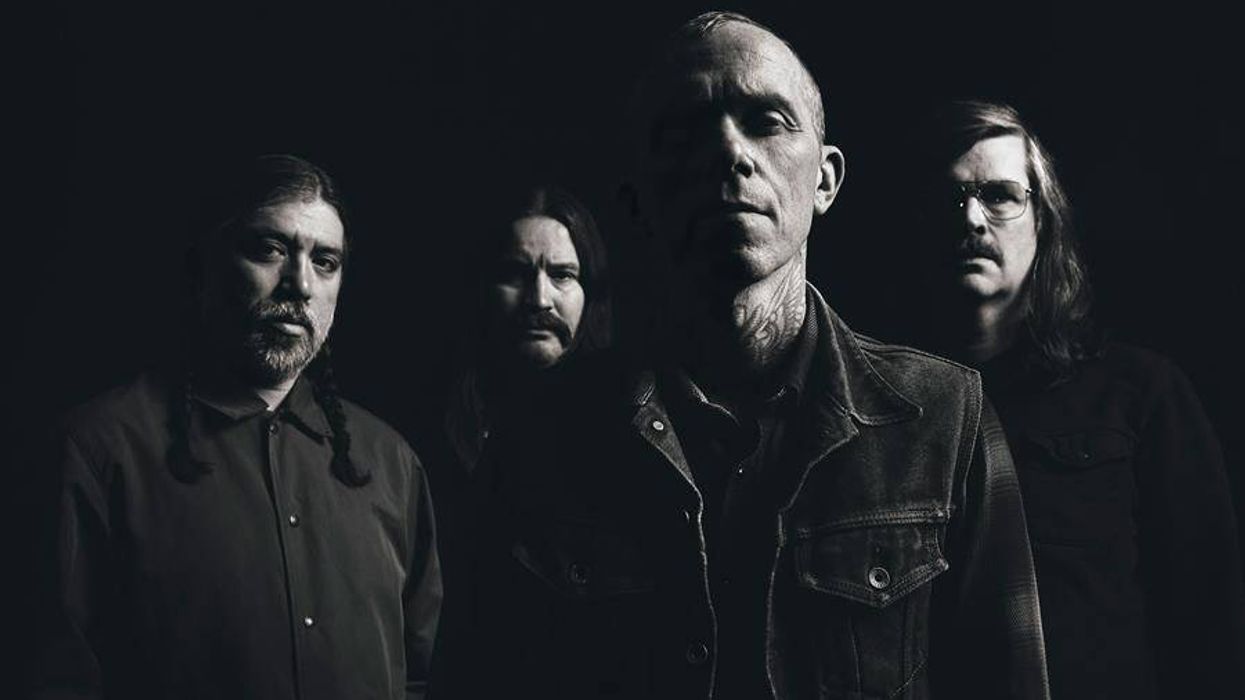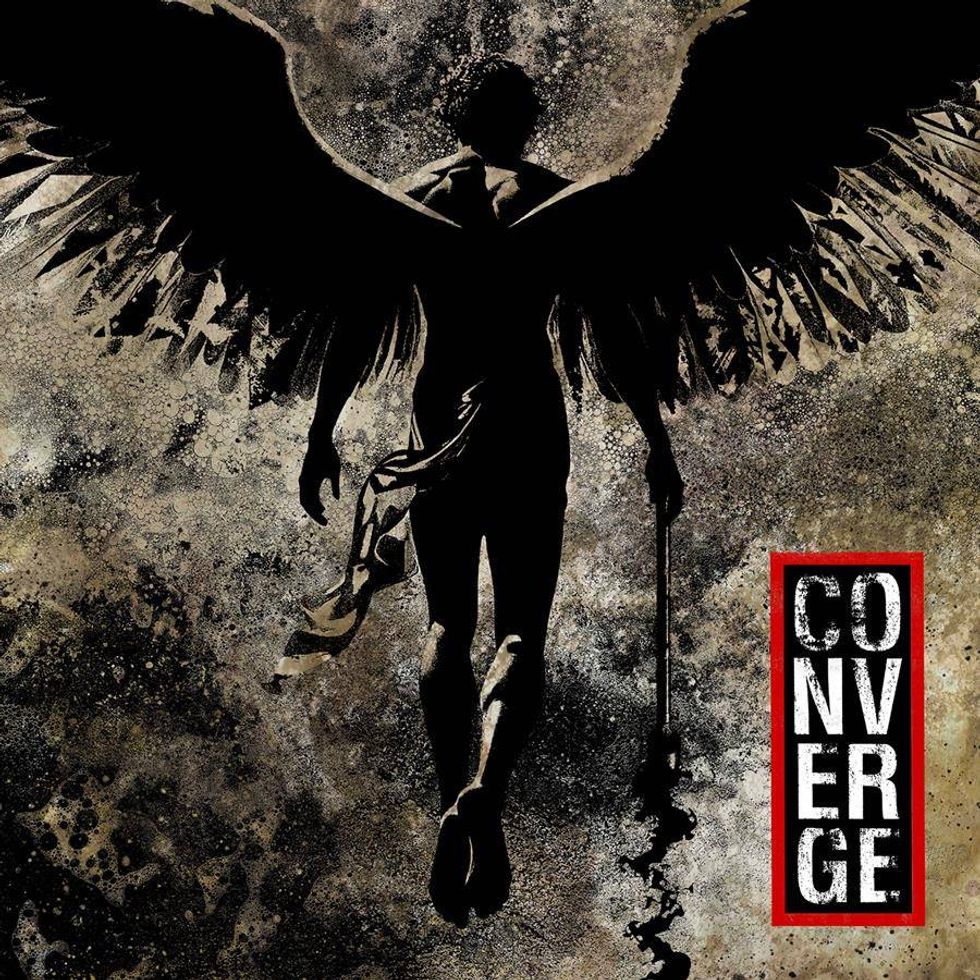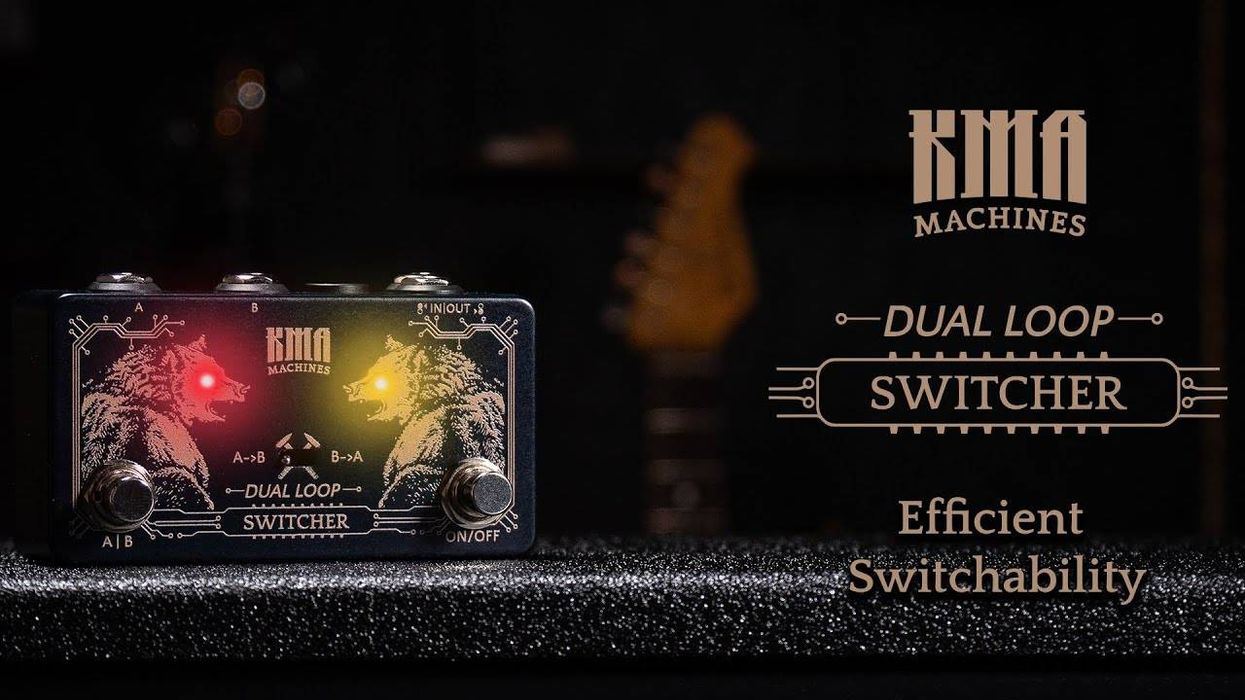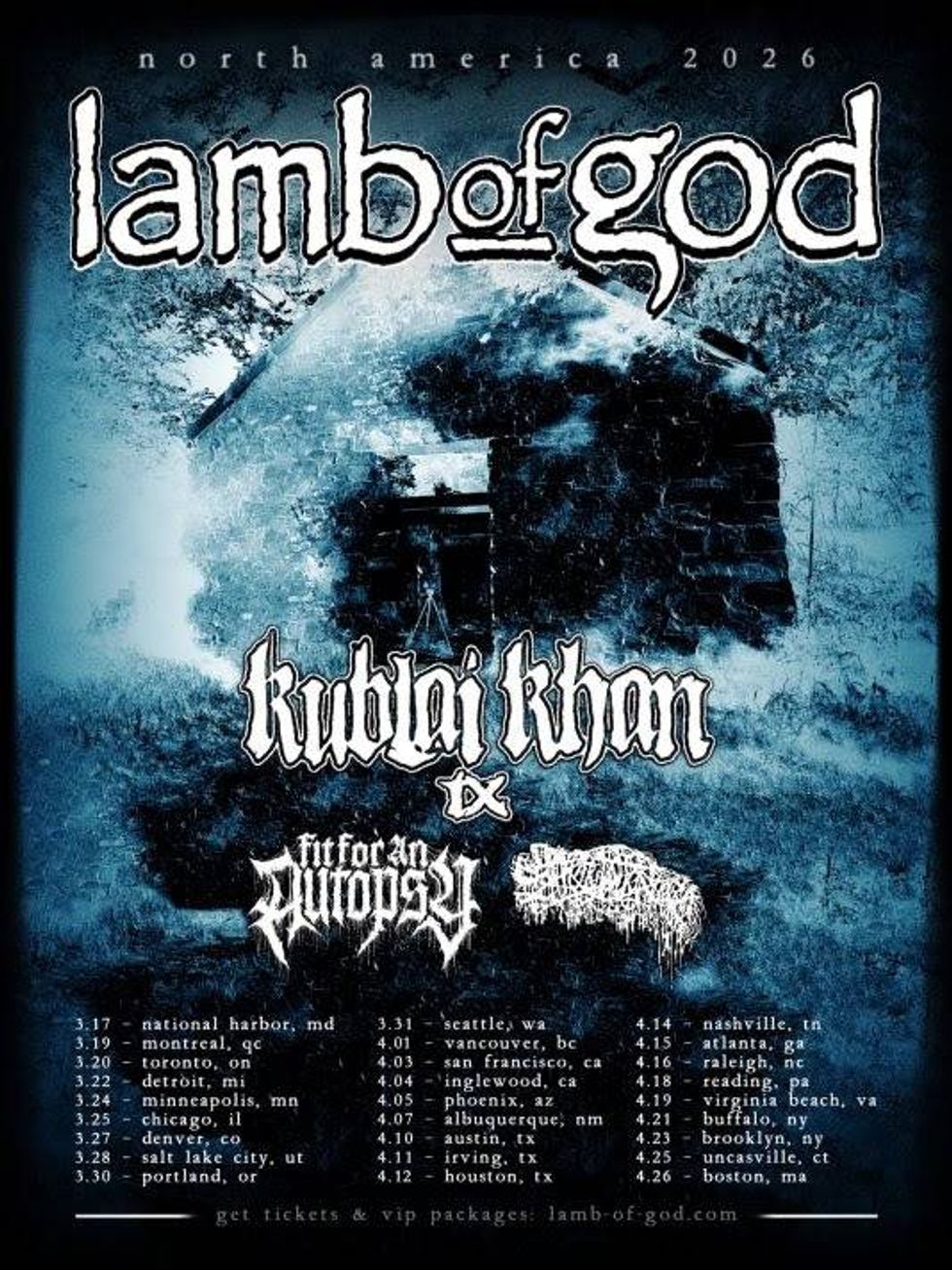The S1 Pro+ is designed to deliver powerful sound and improved audio performance in a lighter package than its predecessor – weighing just 14.4 pounds.
Features
- Four positioning options allow the speaker to adapt for the moment — place it vertically on a table, tilted back, horizontally on a floor, or mounted to a stand — the auto EQ adjusts ensure the best sound regardless of orientation.
- A rechargeable lithium-ion battery provides up to 11 hours of usage on a single charge –eliminating the need for cables and simplifying setup.
- An integrated three-channel mixer features two channels for microphones and instruments and one dedicated to music playback.
- The intuitive rotating OLED displays for each channel make it easy to access independent EQ, reverb, and ToneMatch controls along with other settings all at your fingertip.
- An optional mic/line and instrument wireless RF transmitters pair effortlessly with the system’s integrated wireless RF receivers, store neatly in the S1 Pro+ unit, and charge when not in use.
- A molded, ergonomic carry handle makes it easy to take from the car to the curb and into the venue.
- Full, wireless control over settings via the Bose Music app – volume, EQ, reverb and the entire ToneMatch library of EQ presets are right in your hand.
- And, between gigs, stream music via Bluetooth at your next backyard gathering or karaoke party.

The S1 Pro+ joins the Bose line of portable PA and loudspeaker systems that allow you to focus less on your gear, and more on your music, and will retail for $699. The optional wireless mic/line transmitters will retail for $149. All are sold at Bose.com and authorized Bose dealers.
For more information, please visit bose.com.


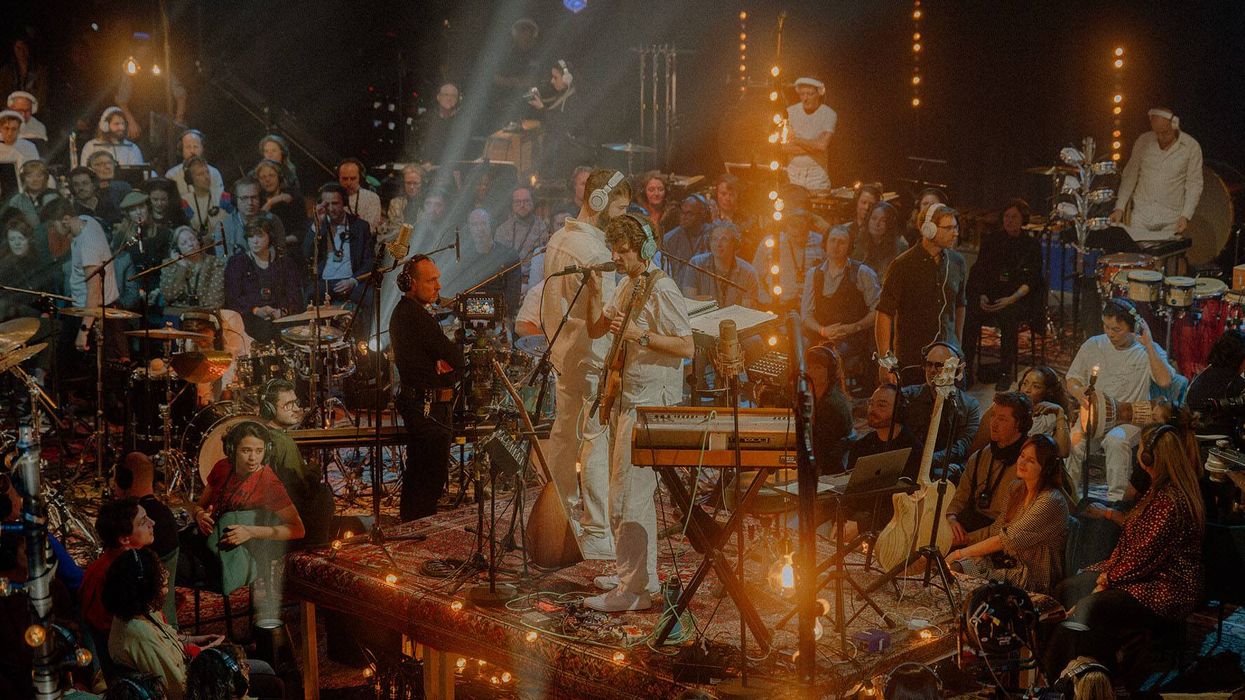
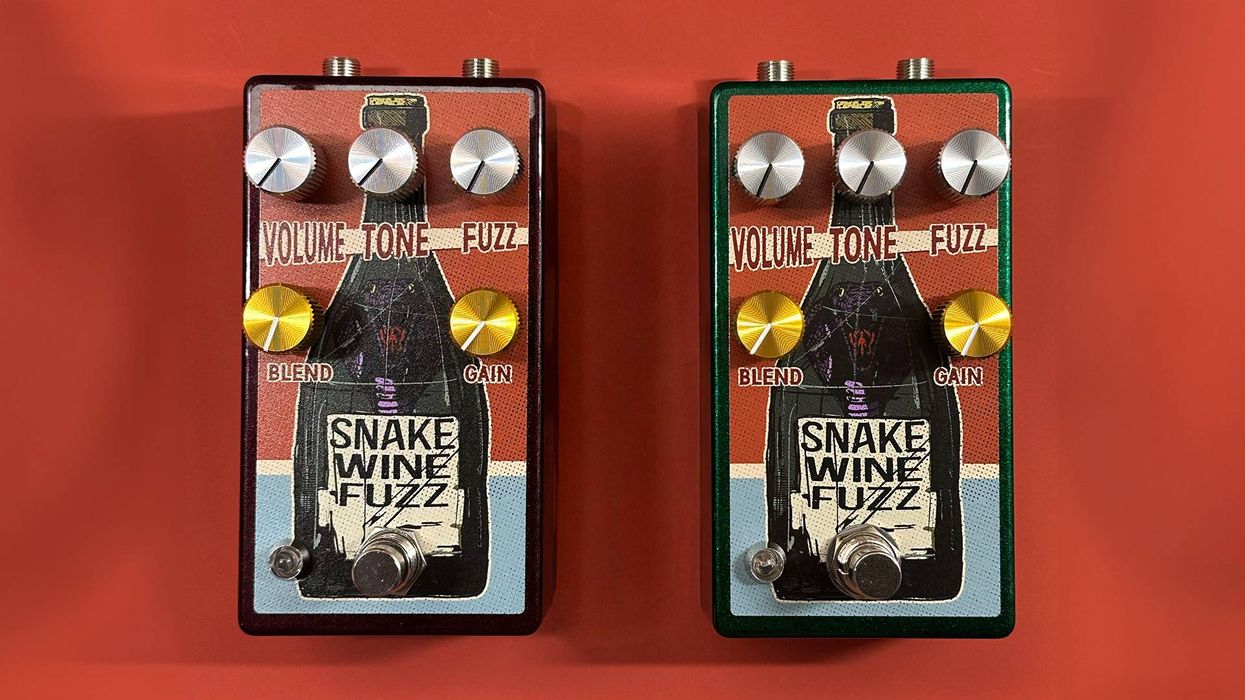
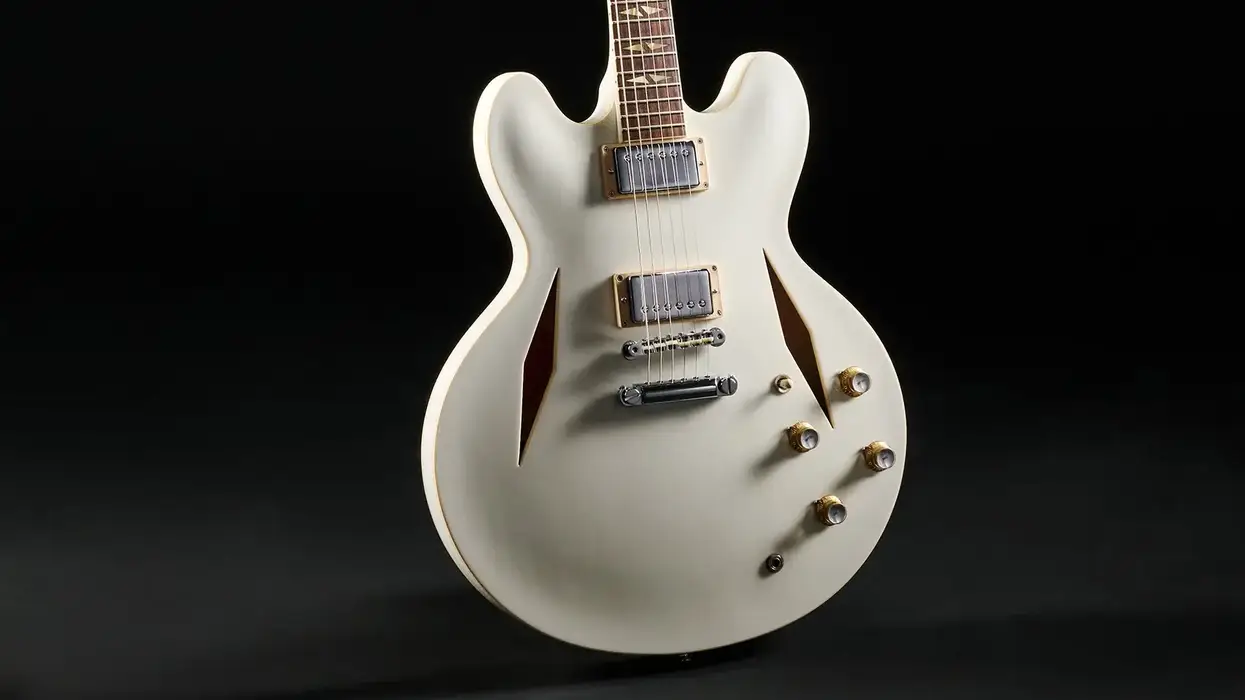
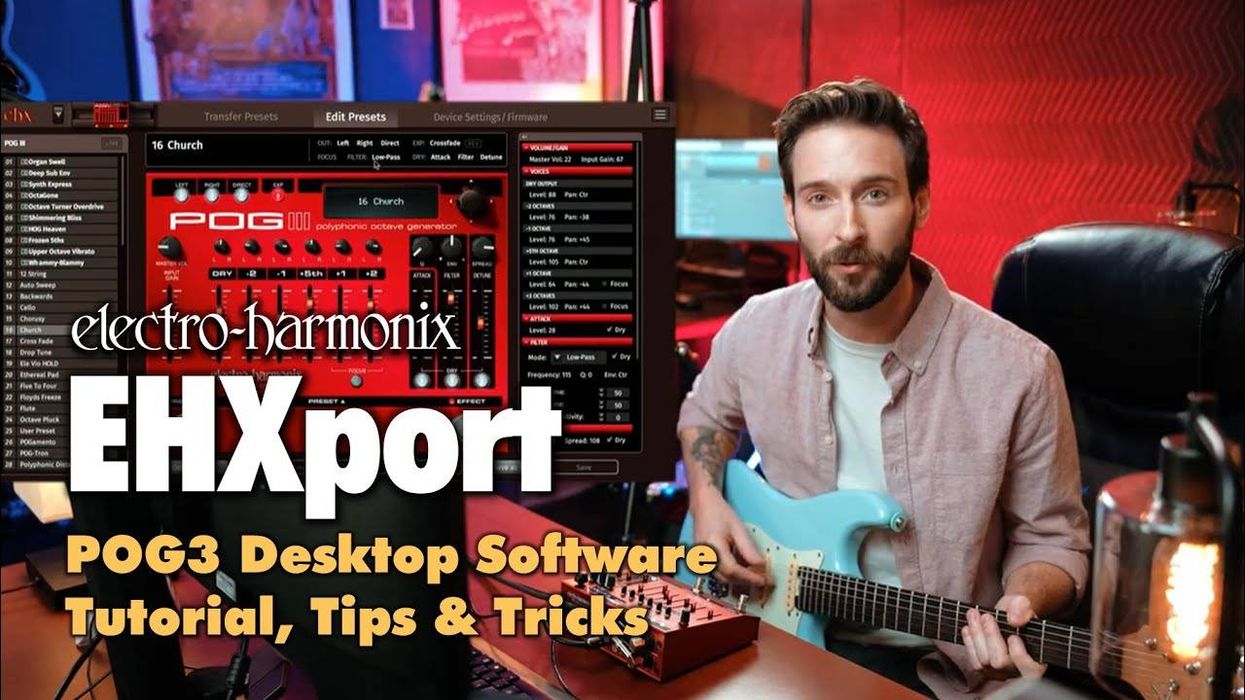
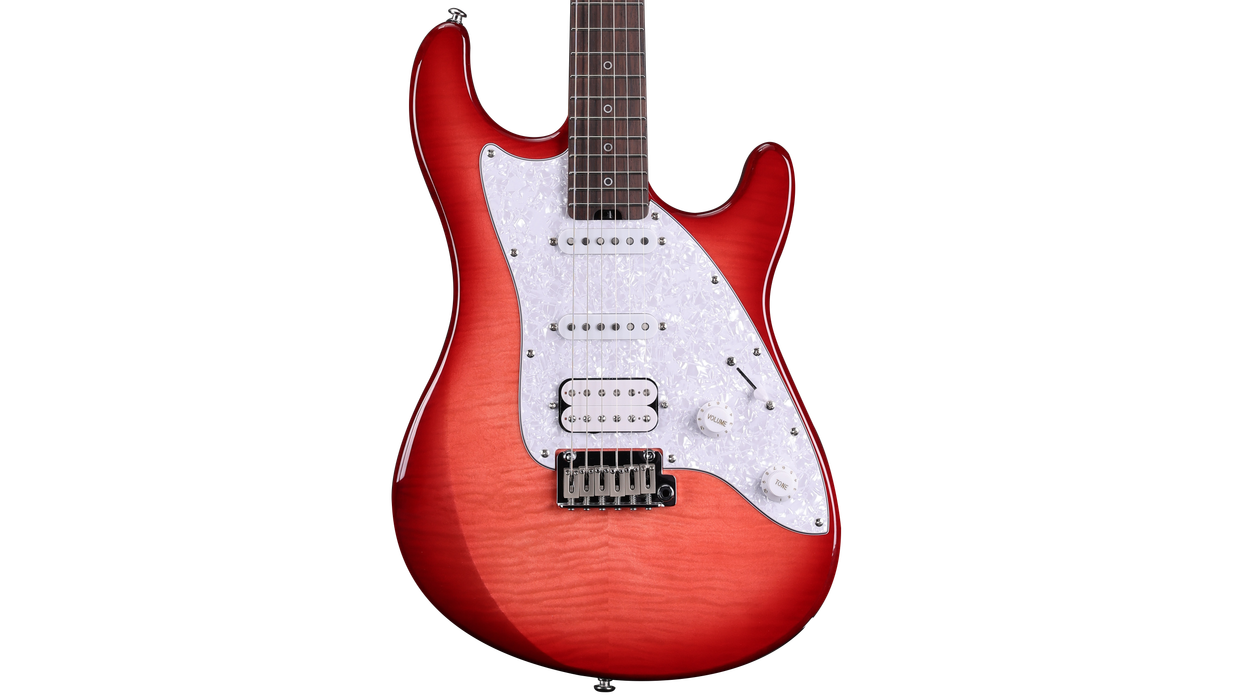
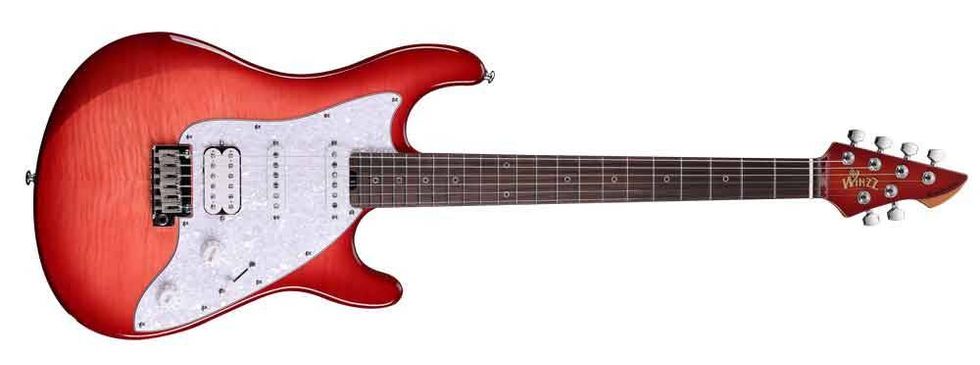
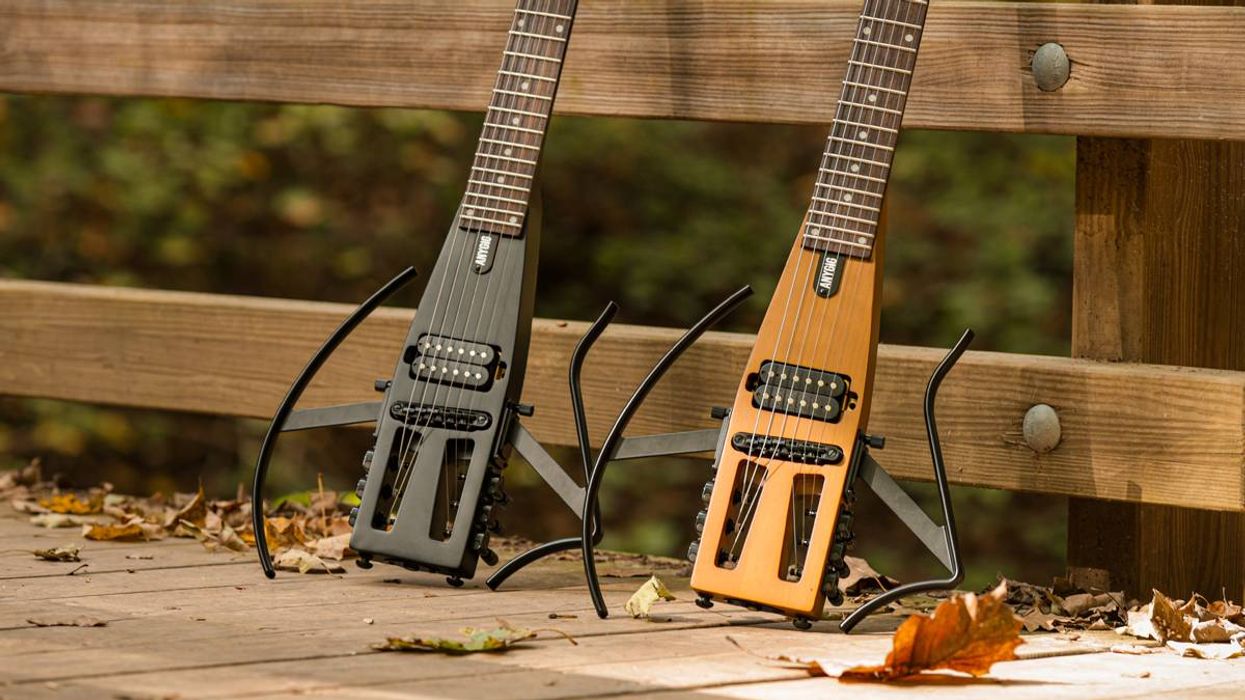
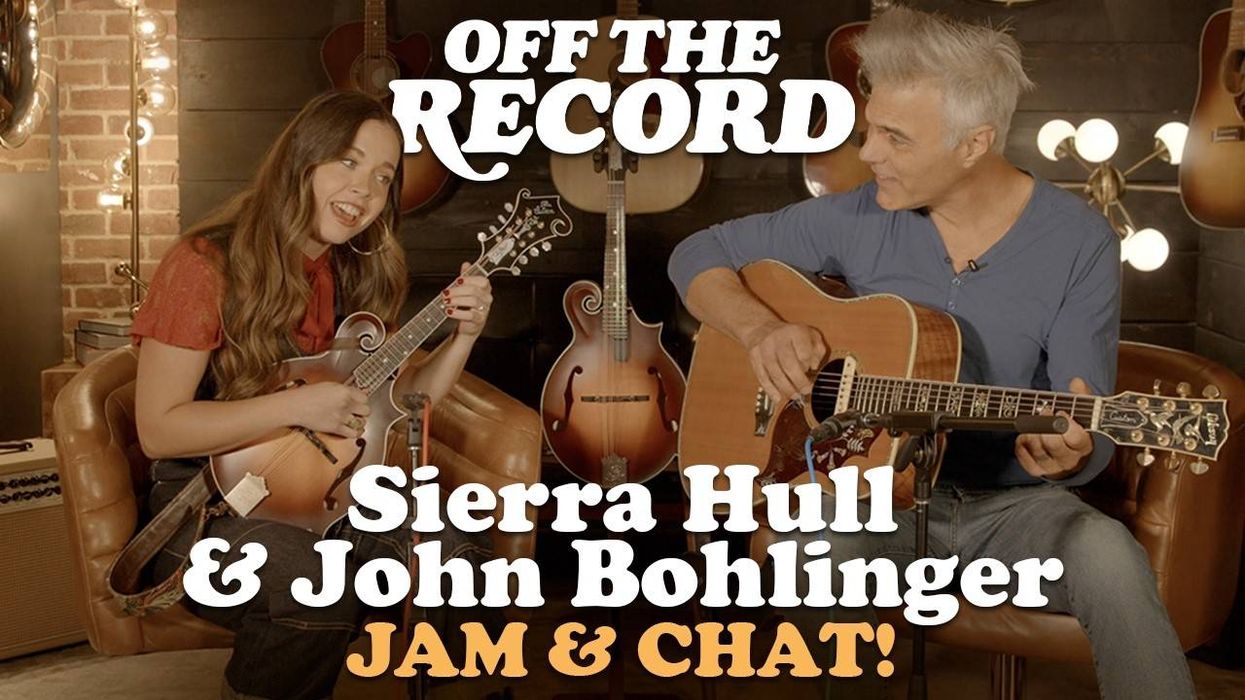
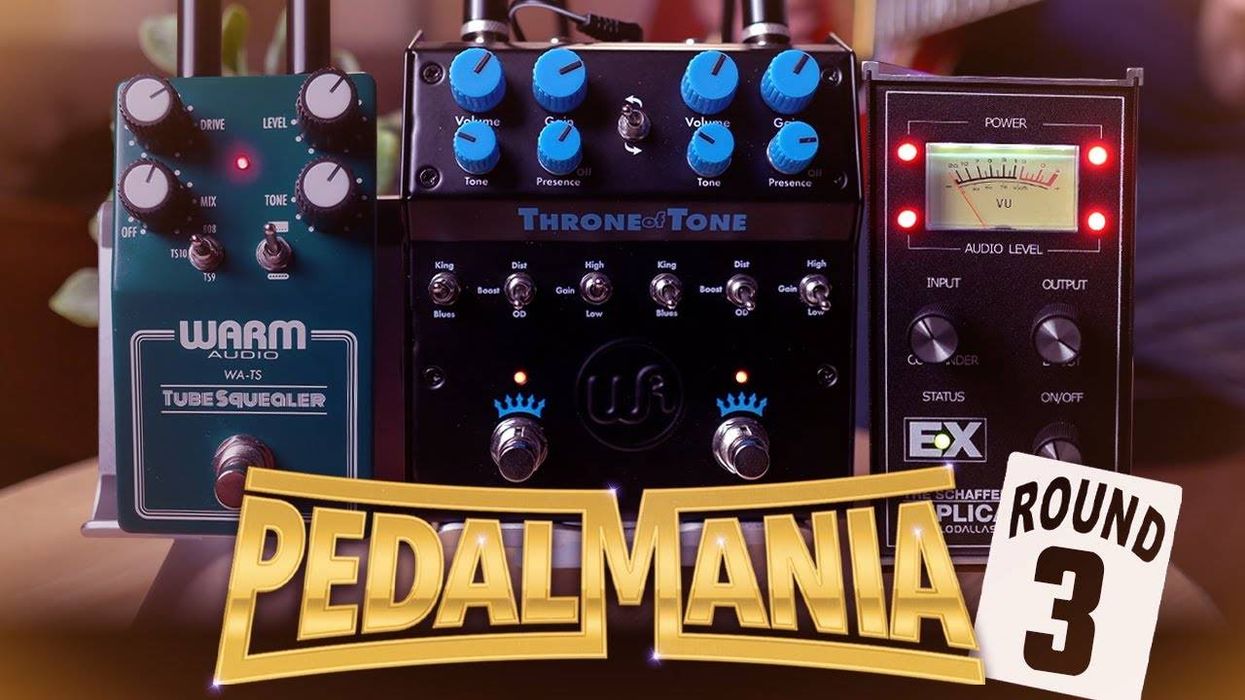
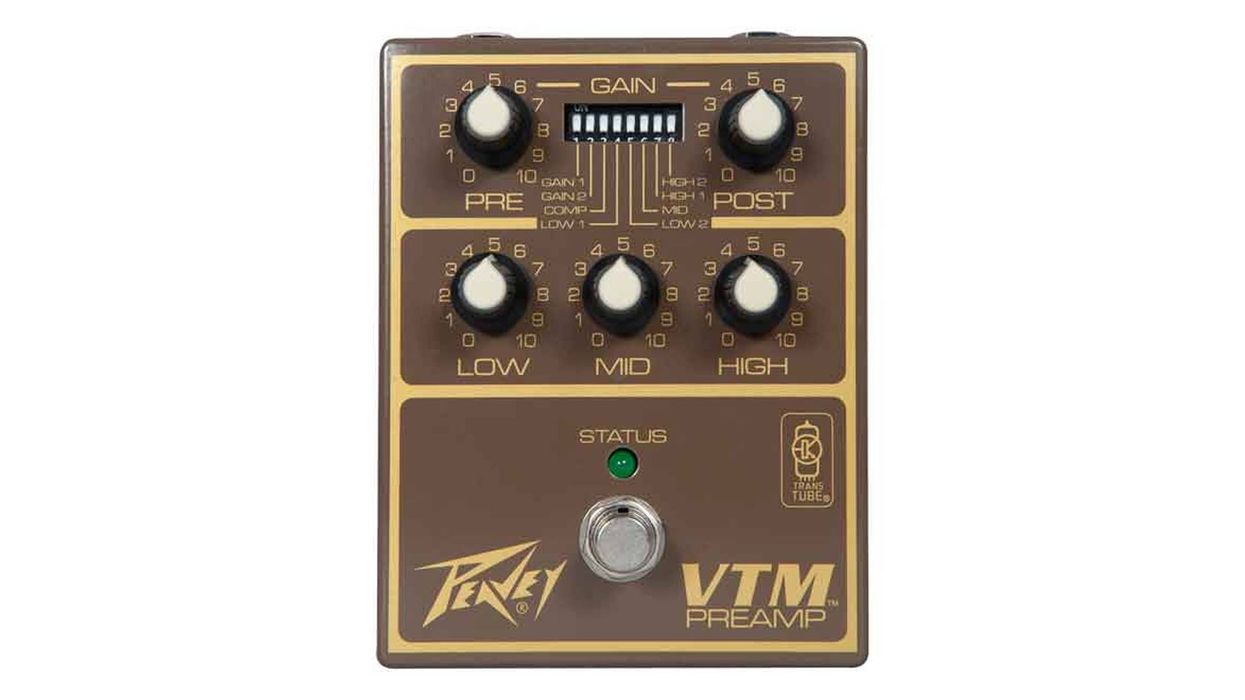
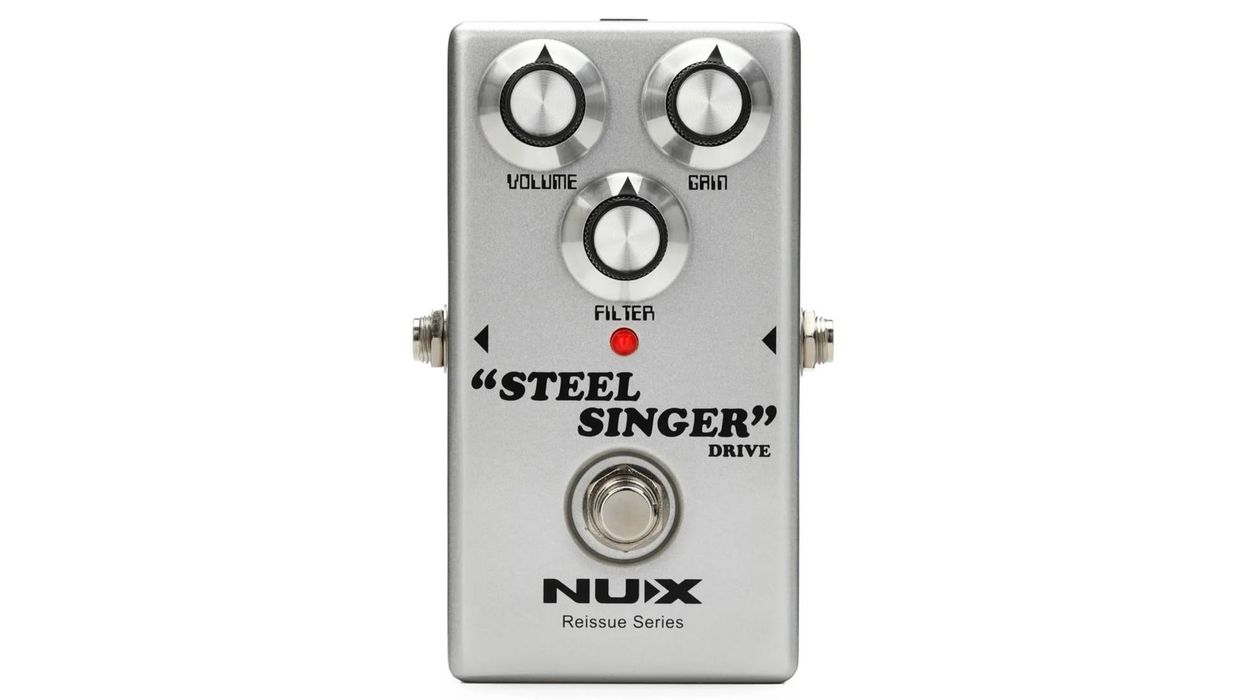
![Rig Rundown: AFI [2025]](https://www.premierguitar.com/media-library/youtube.jpg?id=62064741&width=1245&height=700&quality=70&coordinates=0%2C0%2C0%2C0)
